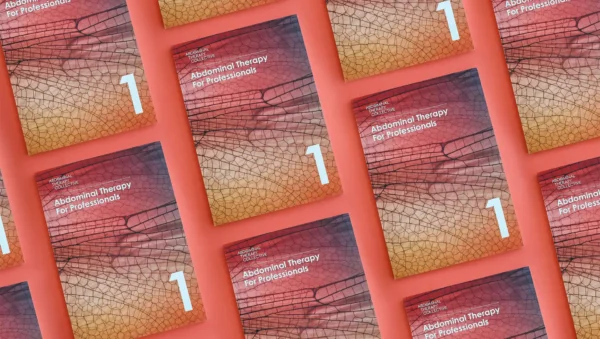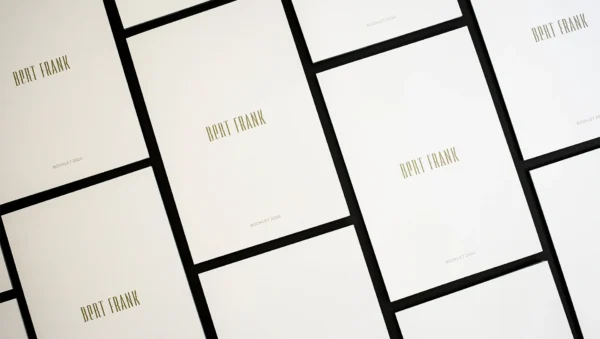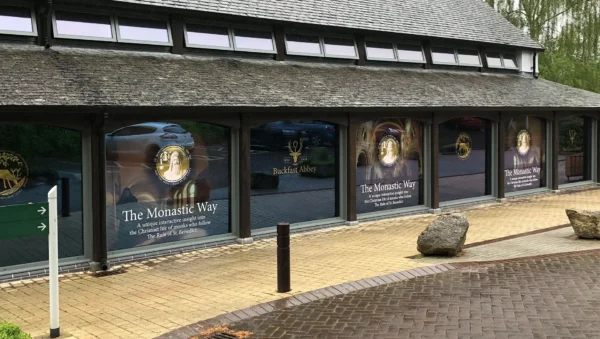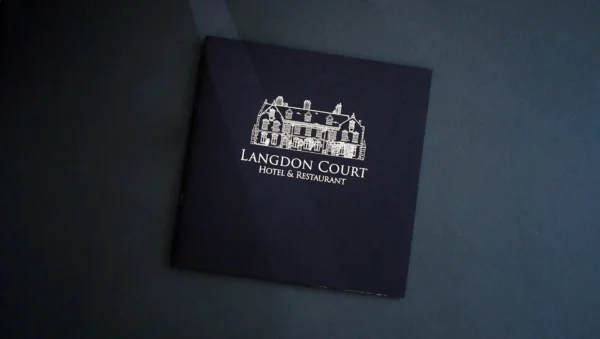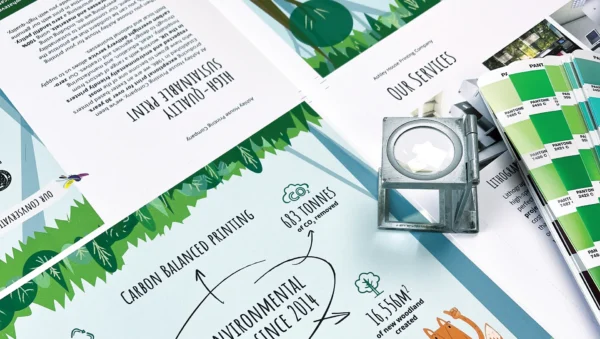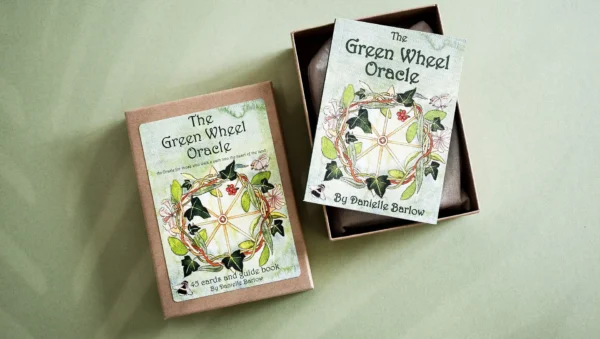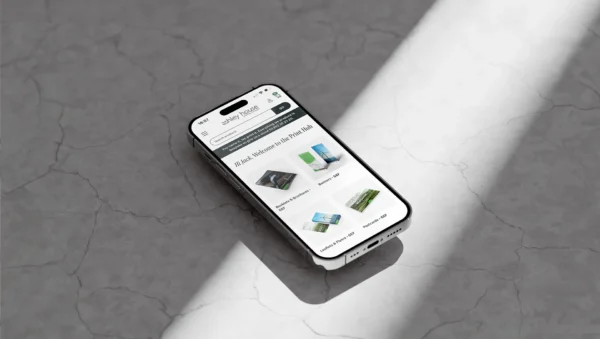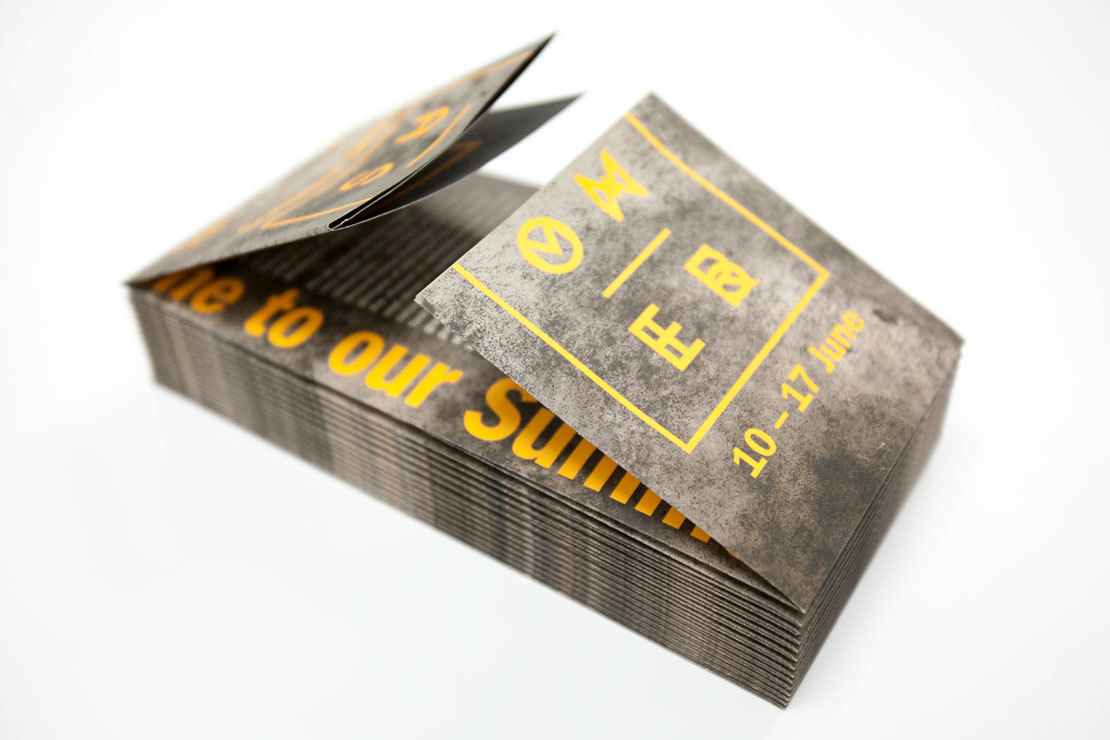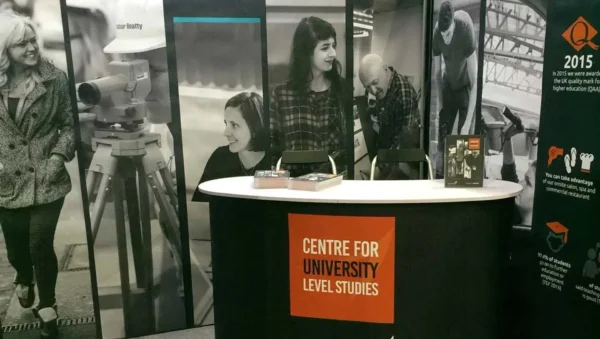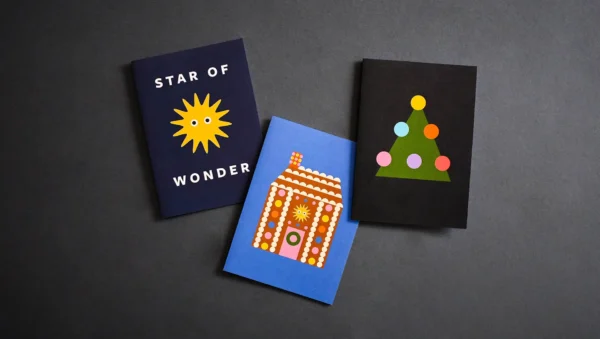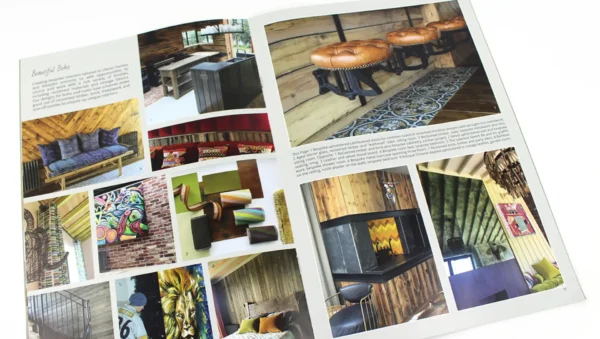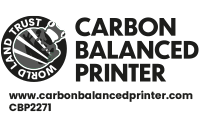Tips for unique brochure design
16th Oct 2017Printing your marketing material is proving to be the best way to stand out from your competitors! Print is now seen as a ‘non-traditional’ marketing method and has been deemed a little out of fashion until recently. Much like Vinyl records, we believe print is undergoing a real resurgence and is back on the increase. Using brilliant quality print for your marketing will allow you to stand out from your competitors by doing something different, and influence your target audience in a unique way.
Designing your brochure is great fun and we’re always here to help you with the process! We want you to be able to produce a brochure that people want to pick up and read.
Here are our top tips to give your customers a beautifully presented brochure with all the information they need.
Keep it Simple
Don’t be afraid of white space. Keeping your design clean, clutter-free and your text to a minimum, can be highly effective and attractive. You could even go white-on-white and create texture by using embossing for a look that is both trendy and sophisticated.
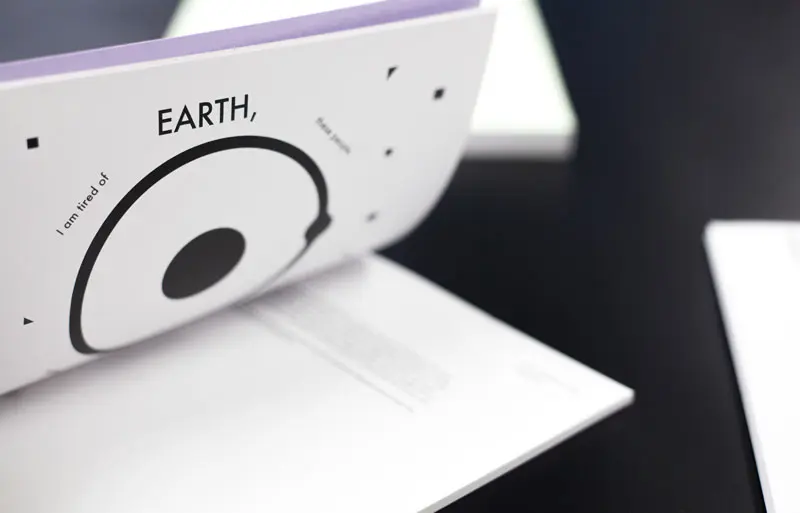
Functionality
Use your brochure design as an opportunity to play. Think outside the box and use the format to your advantage by considering how your brochure will function once in the hands of your customers. You could include pages that fold out to reveal more, making your brochure more interactive, which never fails to impress.
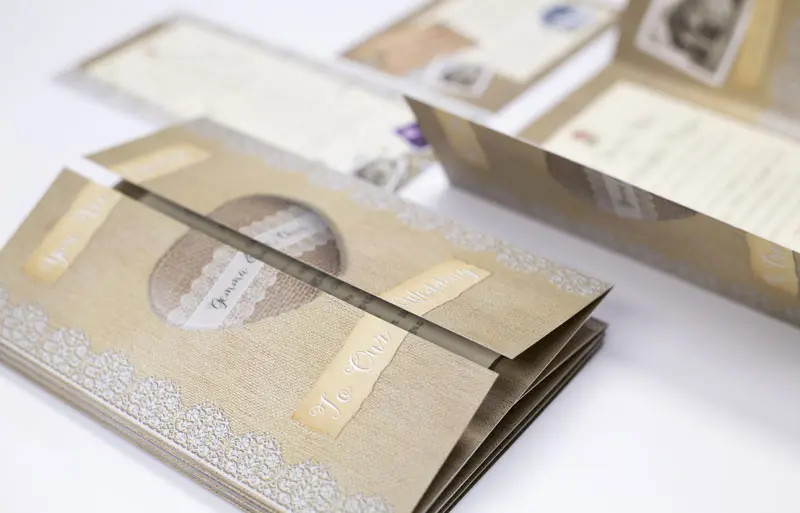
Use Shapes For Impact
Try using geographic shapes and colour to create a design with impact. Shapes that use contrasting colours against their background can really stand out and call attention to a particular printed message, or your brochure in general.
Whilst on the subject of shapes, you could try designing a brochure which isn’t rectangular or square in shape – how about a circular design? Or perhaps your brochure would look good as a triangle? At Ashley House we can print in any shape you like!
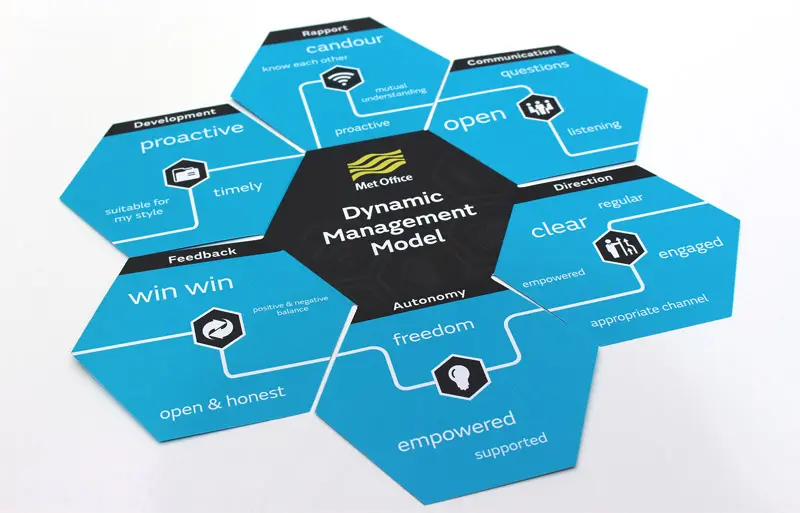
Linear Design
Traditionally brochures are printed as booklets, but we are printing more and more brochures that play with the format, and such designs can be hugely effective. Why not design an accordion-style fold out brochure? So that it can be read as a whole rather than flipping from page to page.
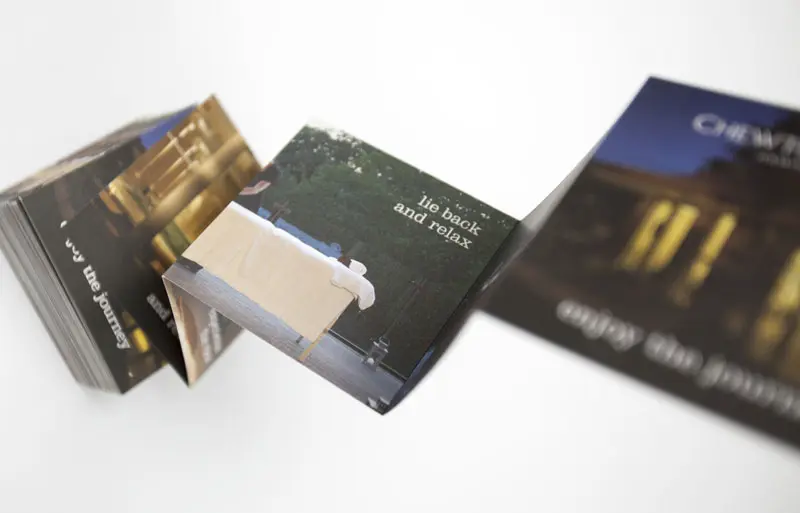
Materials
The type of material you use for your brochure can say a lot about your business. Choose something that will give your customers a feel for your company. Using a recycled material will give the impression of your business being environmentally friendly, or if you’re a commercial business, you might want a material that is more robust; we have many different options at Ashley House.
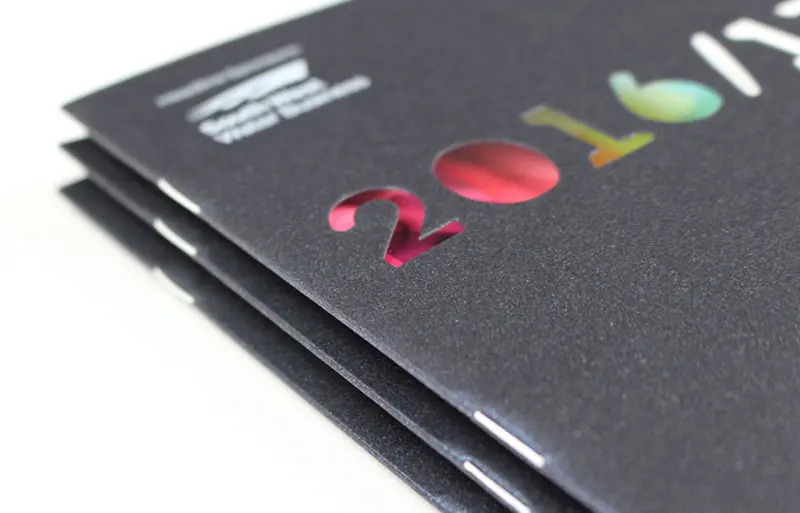
Die Cuts
Die cuts are an exciting way to intrigue your customers. By creating windows on the cover of your brochure a customer may be able to see part of an image, tempting them to open up and reveal the whole thing. Similarly, die cuts can be used to create accent pages.
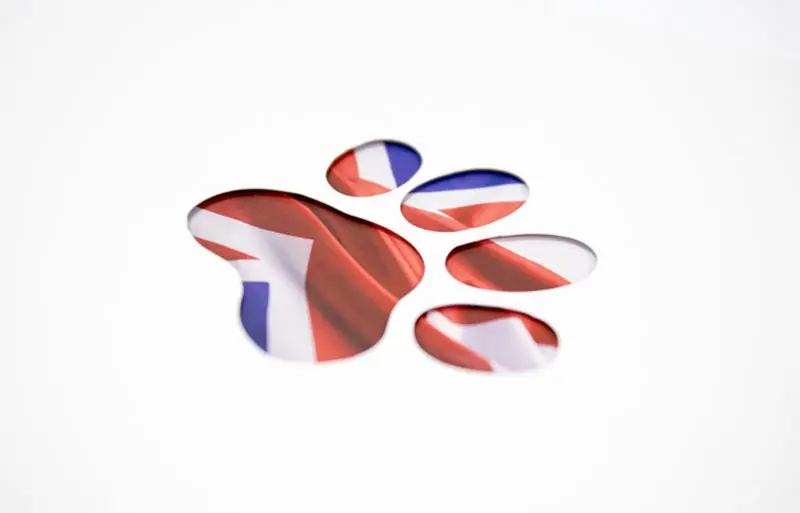
Accent Pages
Accent pages are a great way to create a design on a blank page to break up the brochure, giving your customers eyes a momentary rest from images and text.
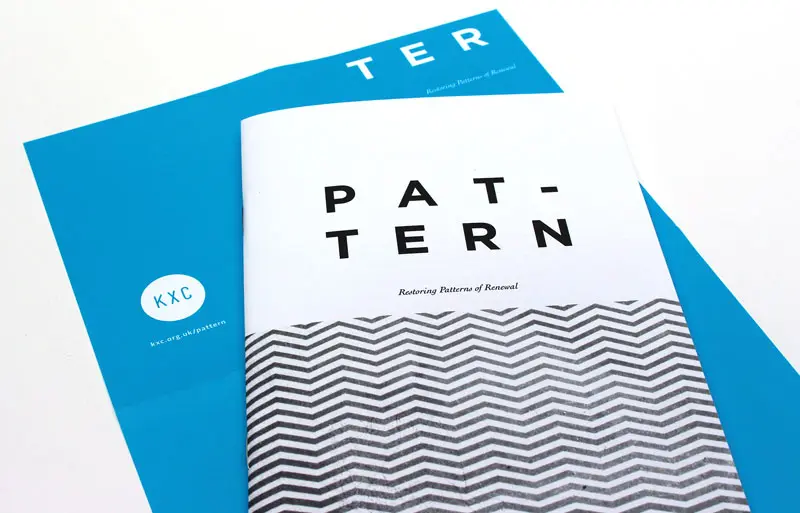
Angular Cuts
On the subject of cutting, you could get inventive and create a design that is angular. Not only will your brochure look more interesting, but it could be made to fold out uniquely too, perhaps like an envelope?
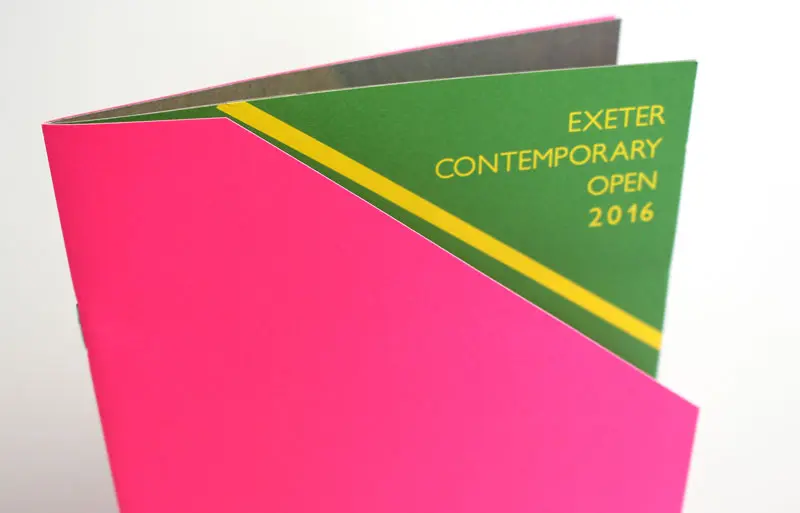
Typography
Don’t forget to get creative with your typography. Bold and oversized lettering is a big design trend so far in 2017. You could even try using imagery within your typeface to really catch the reader’s eye, or to help convey your messaging.
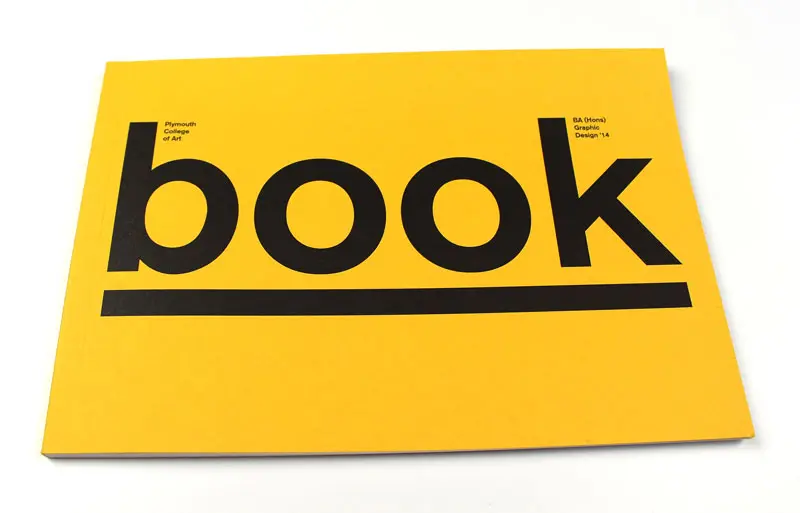
Print it Right
Our final tip is to ensure you put your brochure in the right hands. There’s nothing worse than getting a design you’re happy with, but when it comes ‘off the press’ it’s no longer looking so hot. At Ashley House we not only provide quality printing services, but design services too. Why not give us a call on 01392 202320, or email hello@ashleyhouse.co.uk. We’d be more than happy to help.
